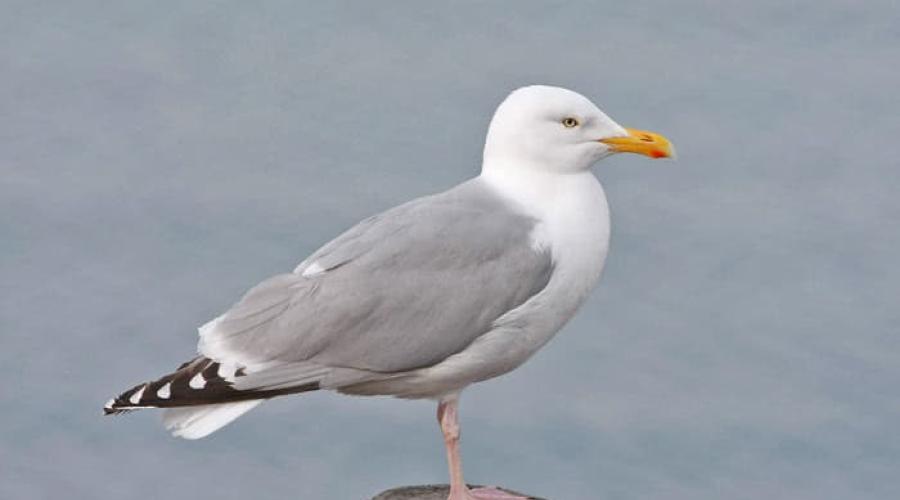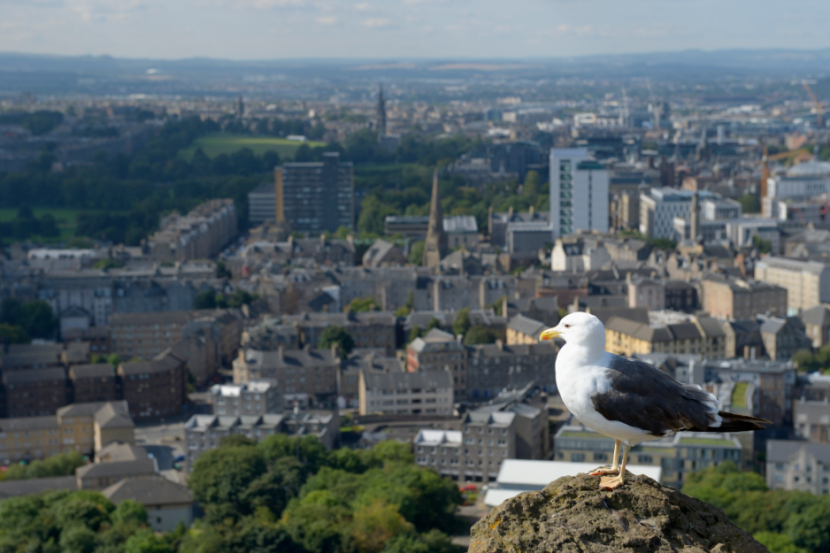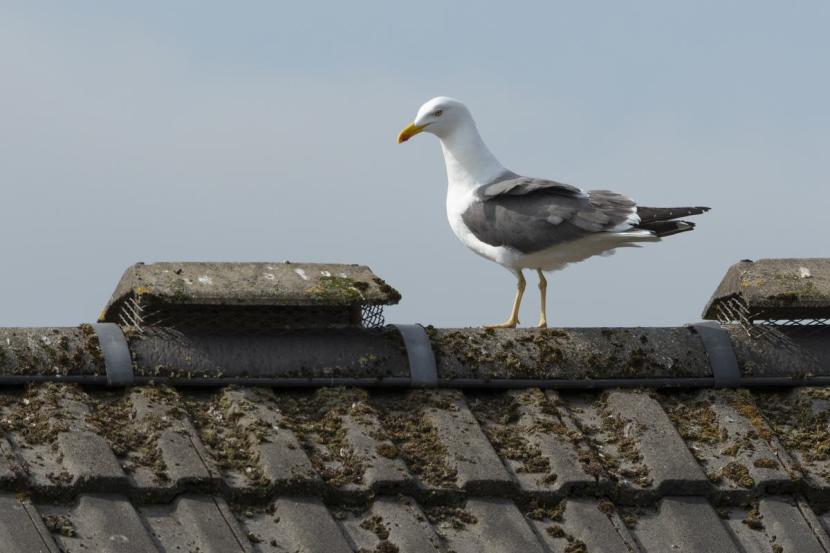
They are often colloquially referred to as ‘seagulls’, but there are several unique species of gull that breed in Scotland. The five most commonly encountered species are great black-backed gull, lesser black-backed gull, herring gull, black-headed gull and common gull.
See our Gull Identification Guide for tips on identifying gull species.
Threats
The most recent Seabirds Count census shows that all five species of commonly encountered gull that breed in Scotland are in serious decline, with numbers down by between 44% and 75% depending on the species. Common gull, great black-backed gull and herring gull are now all red listed Species of Conservation Concern in the UK, while lesser black-backed gull and black-headed gull are amber listed.
The declines are due to changes in food availability and land use management in their traditional rural habitats. Some species have also suffered significant losses because of the recent devastating outbreaks of avian flu. For example, research comparing survey numbers in some colonies before and after avian flu outbreaks in Scotland found that lesser black-backed gull had declined by 58%, while herring gull was down 24%.
Urban gulls

Counting urban gulls is difficult, but the Seabirds Count showed that herring gulls and lesser black-backed gulls in particular now appear to have a higher proportion of their UK breeding population nesting in non-traditional nest sites (urban and inland) compared to more traditional nest sites along the coast or on islands.
Gulls are intelligent birds, and the evidence suggests that more have moved into our towns and cities for two main reasons: easily available food and safe nest sites on roofs, free of predators and disturbance.
But while we might be seeing more gulls in our day-to-day lives, this does not mean that there has been an increase in the population as a whole. In fact, we know the opposite to be the case. Gulls are struggling in their coastal habitats and numbers are down overall, so any move inland or to urban areas, especially where urban areas are coastal, has to be seen in that context.
A focus on “urban” versus “rural” gulls also masks another important consideration – that these are not separate or static populations. Gull species are highly mobile, and we know that they are constantly changing and moving, sometimes over large distances and between rural and urban settings. For example, ongoing tracking research is showing that breeding gulls will forage over inland, urban and coastal habitats regardless of where they are nesting.
Find out more about Urban Gulls.
Gull management

We understand that gulls can sometimes cause issues in our towns and cities.
Gulls, like all birds, are protected by law and our job at NatureScot is to balance the conservation and protection of a species with public interests such as safeguarding people from health and safety risks. We can issue a licence for activity that would otherwise be illegal in cases where there is a risk to public health or safety but it’s important to emphasise that killing birds and/or destroying their nests and eggs under licence must be as a last resort.
There are lots of things that individuals or building owners can do without the need for specialists or a licence. Prevention is better than cure and early action is the key. Our gull management guidance has lots more information on what can be done and when. If all other management has not worked, our licensing team can be contacted for further advice at licensing@nature.scot.
Protection
Find out how Scotland’s wild birds are protected.
Learn about birds and licensing.
Blogs
Spotlight on our unique gull species





